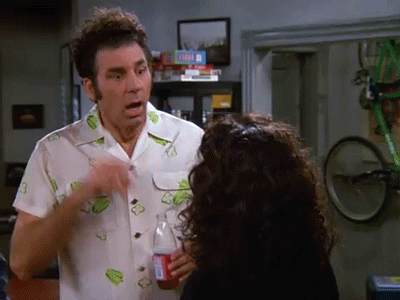phishwhalez
Well-Known Member
- Joined
- Mar 12, 2015
- Messages
- 50
- Reaction score
- 89
I just brewed a Belgian Pale/Blonde/Saison with Wyeast 3522 Ardennes, and I pitched some Brett and I am assuming Bacteria from some Prairie Bottles (Elizabeth and Funky Gold Amarillo). I am not looking for a sour beer, just a bit of funk and maybe tartness.
My experience with Brett before was letting it ride for 8 weeks with Brett Tois (so not really Brett) and I used Brett Brux with a Saison but let that ride for about 6 months.
How should I be looking to wait for the Brett to do its work? Is it safe to start taking gravity readings after 4-6 weeks to see if its finished, or am I looking at a few months? Thanks all!
My experience with Brett before was letting it ride for 8 weeks with Brett Tois (so not really Brett) and I used Brett Brux with a Saison but let that ride for about 6 months.
How should I be looking to wait for the Brett to do its work? Is it safe to start taking gravity readings after 4-6 weeks to see if its finished, or am I looking at a few months? Thanks all!






